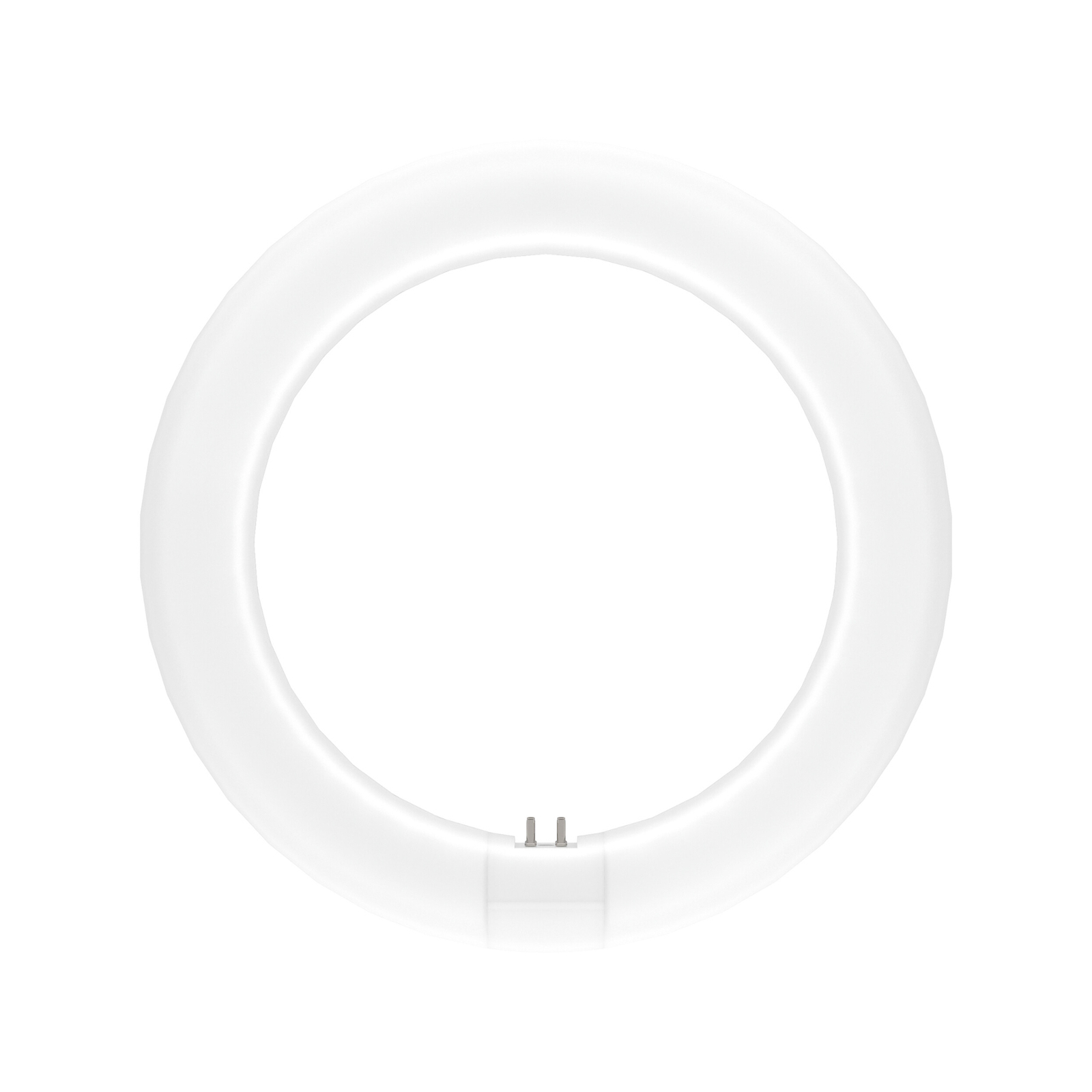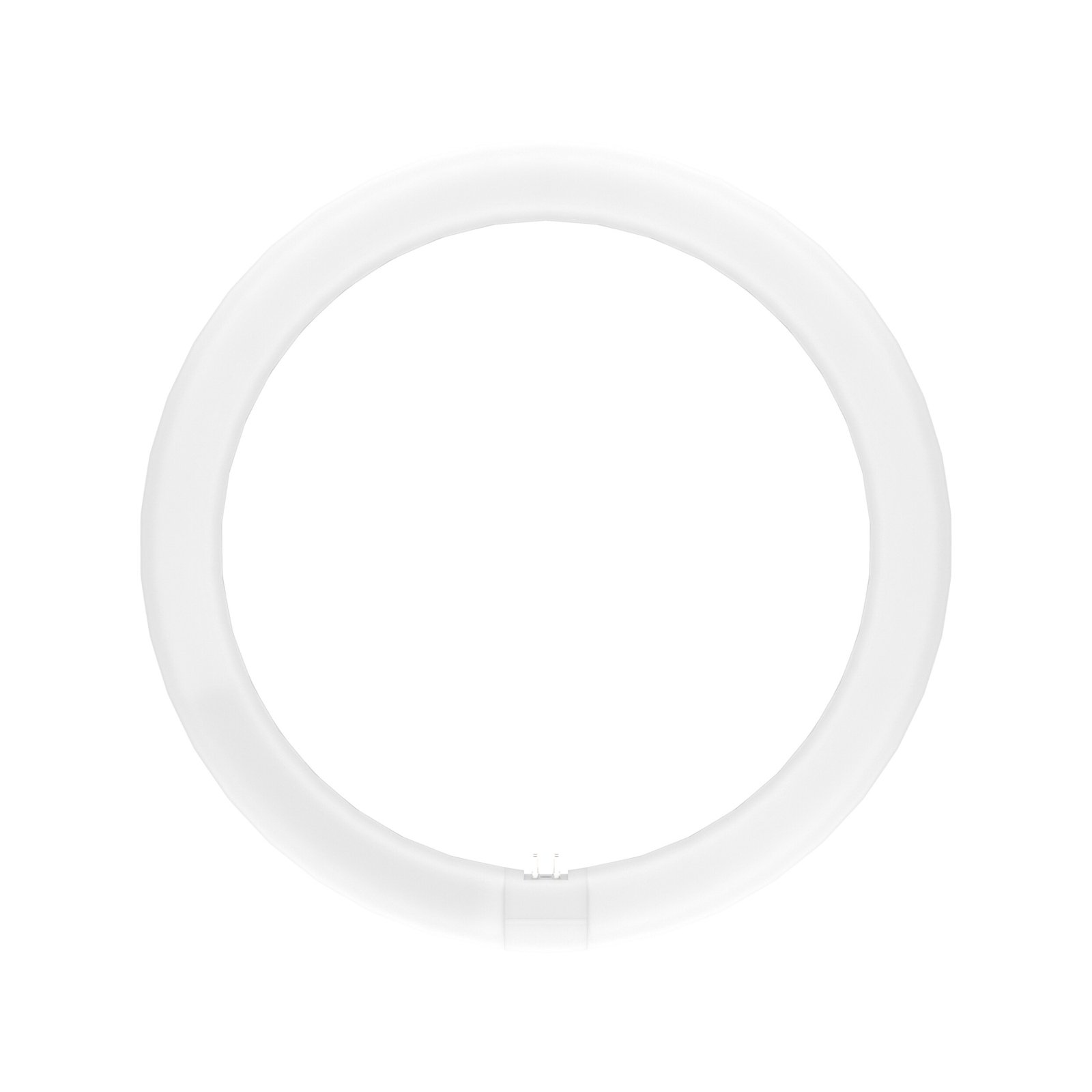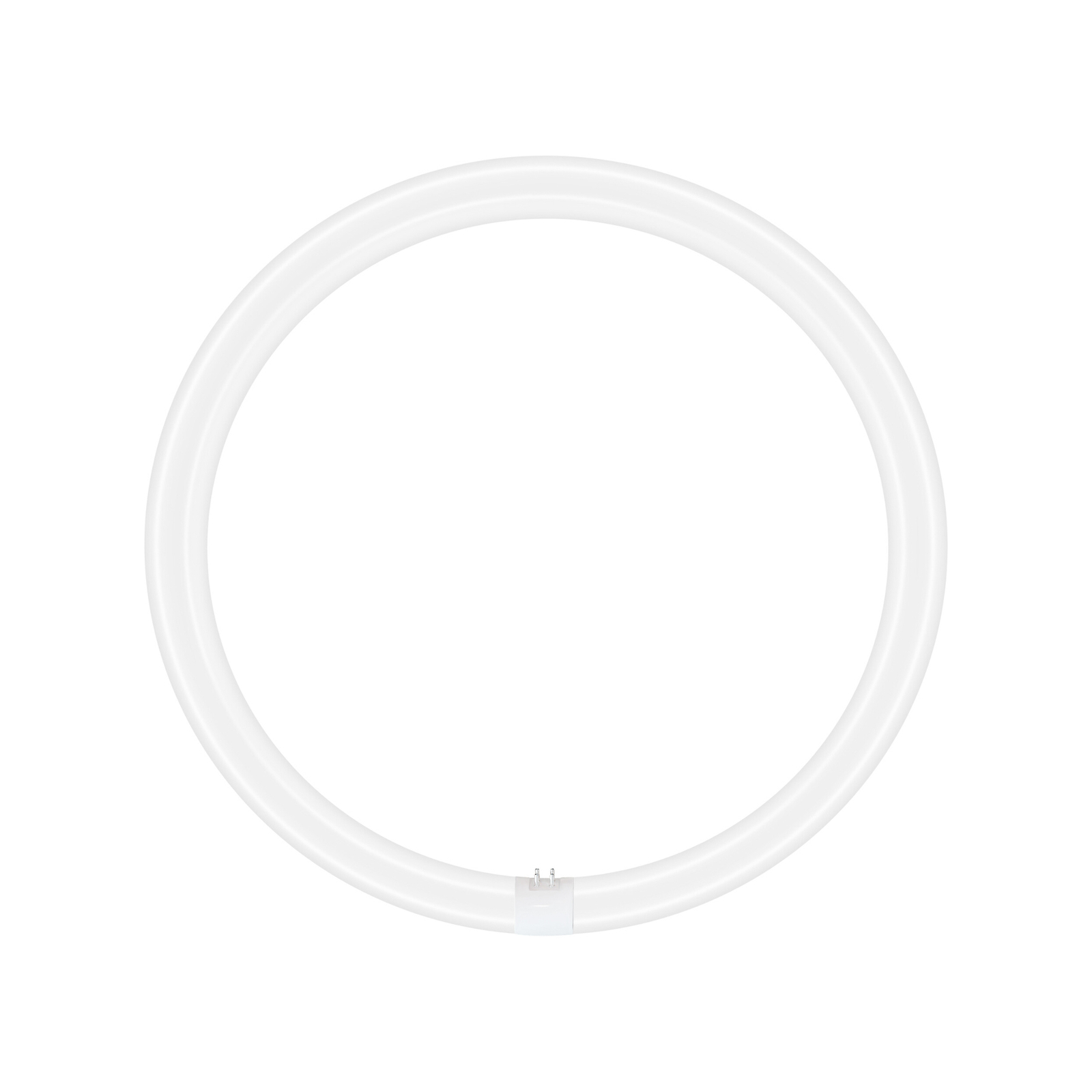- 50 days free returns
- Rated “Great” on Trustpilot
- The UK's largest selection of brands
Extra 11% off over £99 & Extra 14% off over £149
A round thing: ring fluorescent tubes
Fluorescent tubes are available in different designs: as rod, U-shaped and ring-shaped lamps. As a ring-shaped variant, they are known as ring fluorescent tubes. Ring fluorescent tubes work on the same principle as fluorescent tubes. Ring fluorescent tubes are discharge lamps: they generate brightness through electrical discharge. The glass body of the ring fluorescent tube contains a noble gas that emits radiation when electricity is passed through it. This radiation reacts with the fluorescent coating of the glass body and the ring fluorescent tube lights up. From a technical point of view, therefore, it is the light source - in this case the ring fluorescent tube - that provides the light itself. The luminaire itself is "just" the cover, the pretty packaging, of the ring fluorescent tube or the light source.
Comfortable light, less heat development, round shape: The ring fluorescent tube
The range of applications for ring fluorescent tubes - as for fluorescent tubes in general - has steadily expanded over time. Like all fluorescent tubes, ring fluorescent tubes are no longer relegated to utility rooms, but are used in every conceivable area of a house: in the kitchen, living room or hallway as well as in hobby rooms. Due to their shape, ring fluorescent tubes are ideal as light sources for all types of rounded luminaires. For example, ring fluorescent tubes are used in pendant lights as well as in floor lamps, wall lights or mirror lights in the bathroom. One of the advantages of ring fluorescent tubes is their energy efficiency. Compared to a conventional light bulb, which converts only 5 % of the energy into light and 95 % into useless heat, the ring fluorescent tube produces 29 % light. The relatively long service life of a ring fluorescent tube of over 8,000 hours is also pleasing. A ring fluorescent tube is therefore more economical than an incandescent lamp, for example, which has a service life of around 1,000 hours.
The strike-through prices correspond to the manufacturer's RRP.
All prices include 20% VAT, delivery costs excluded.




































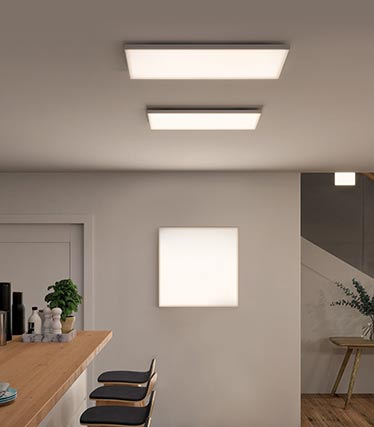









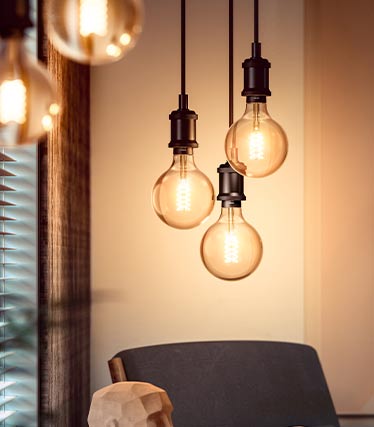








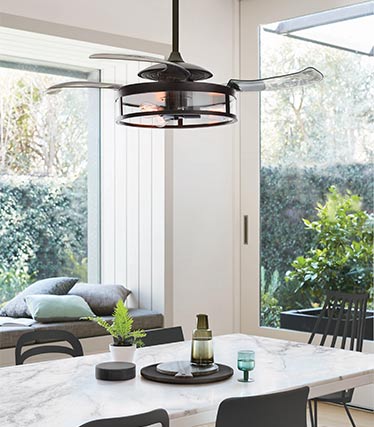

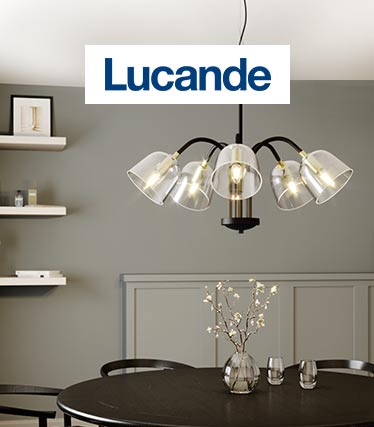










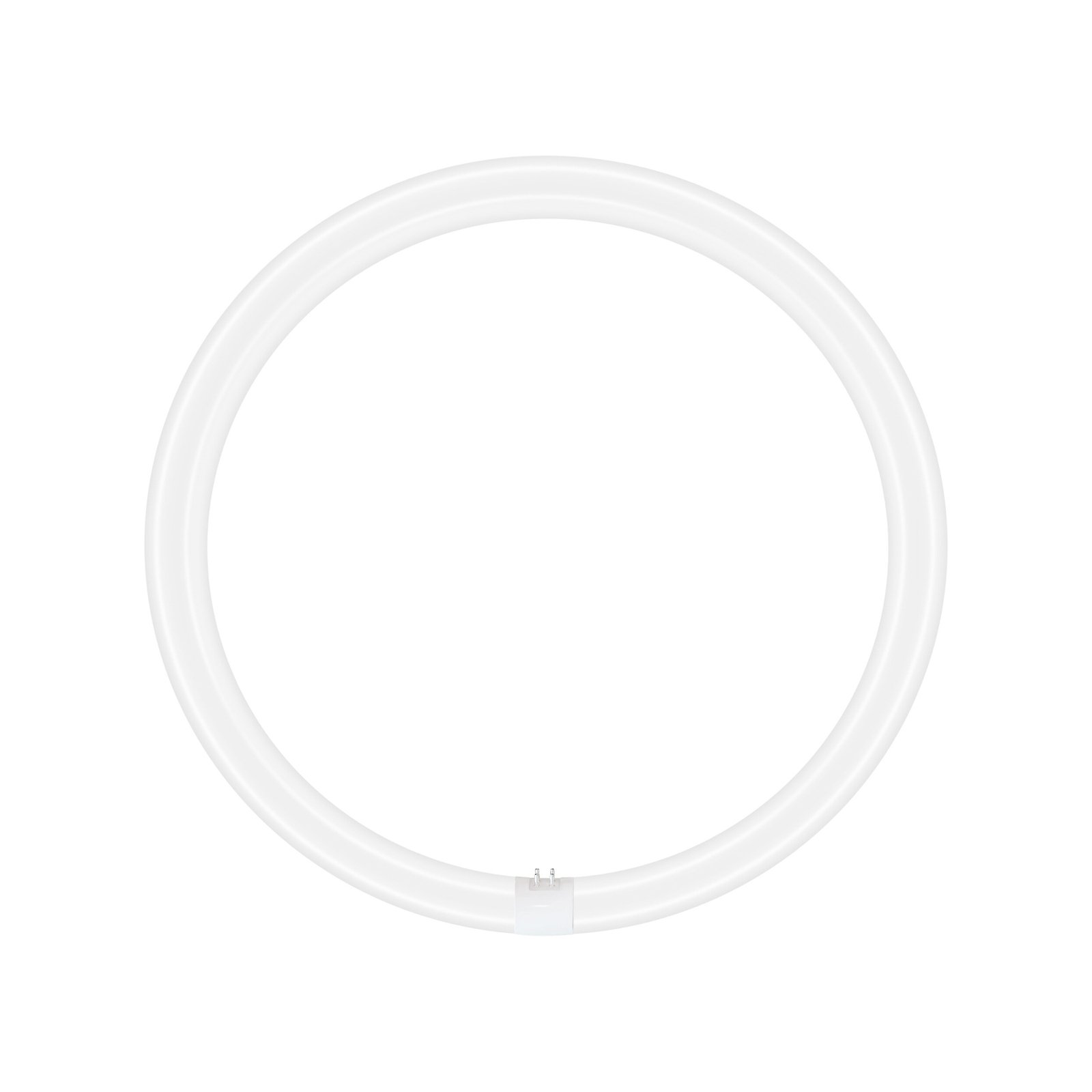
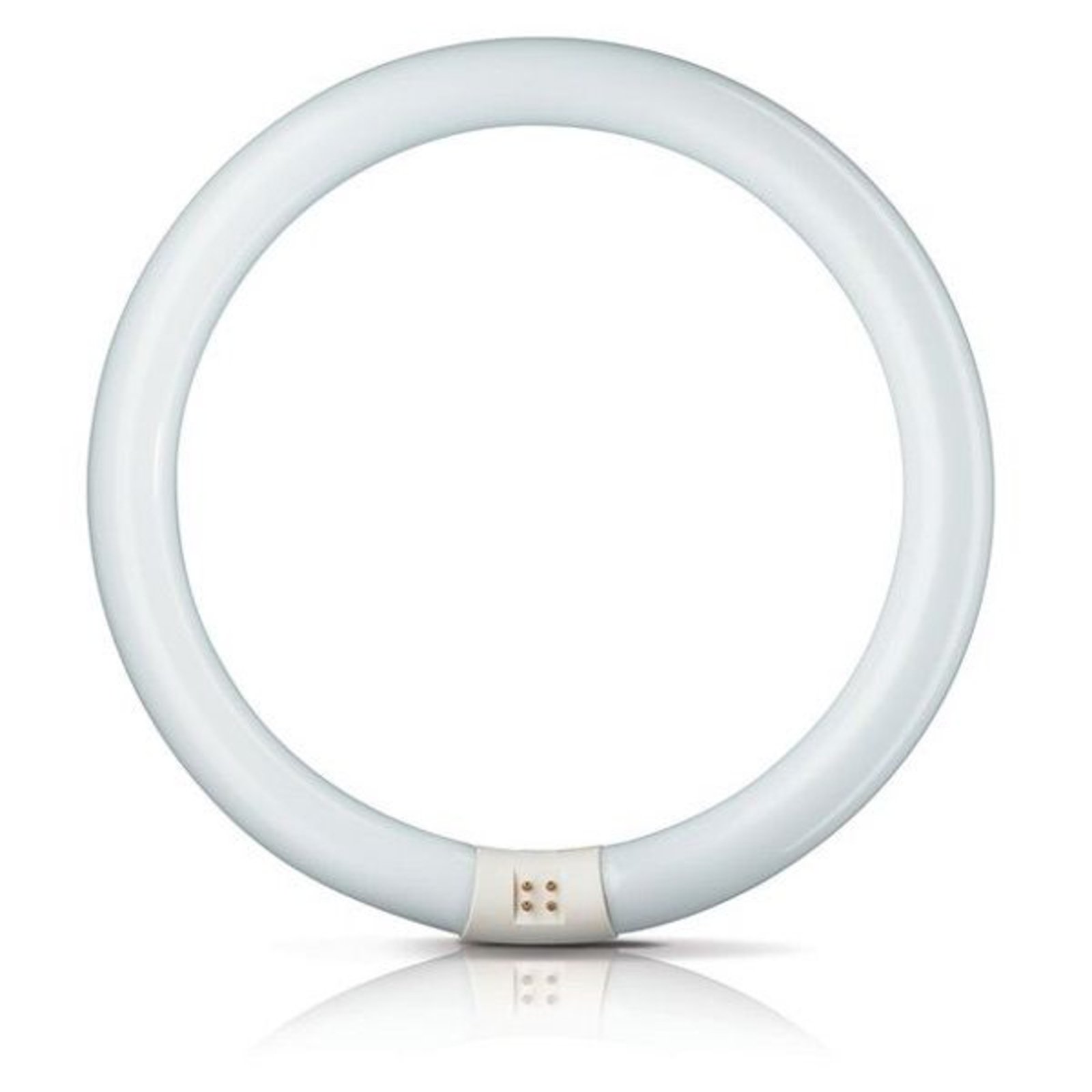

:format(jpeg))
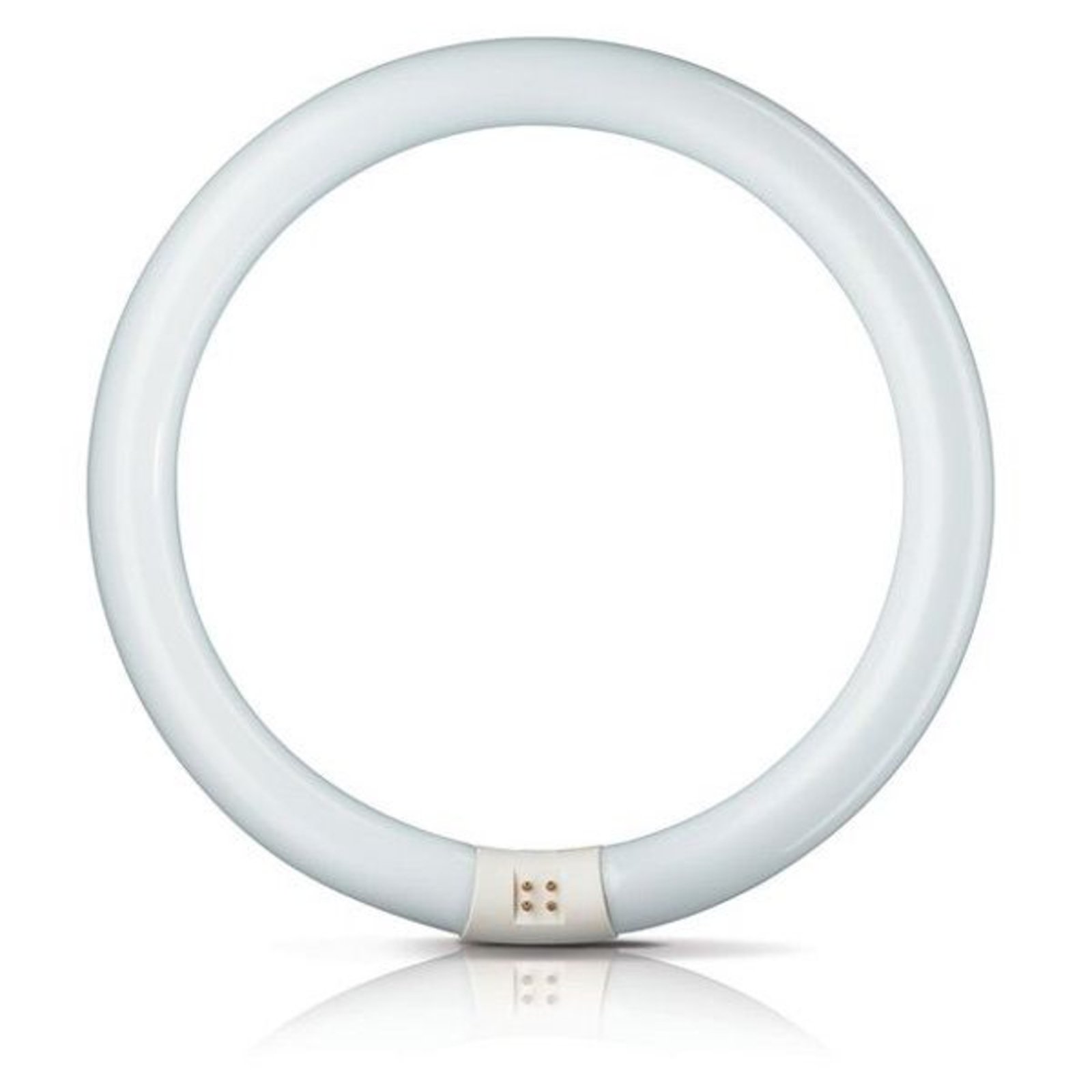
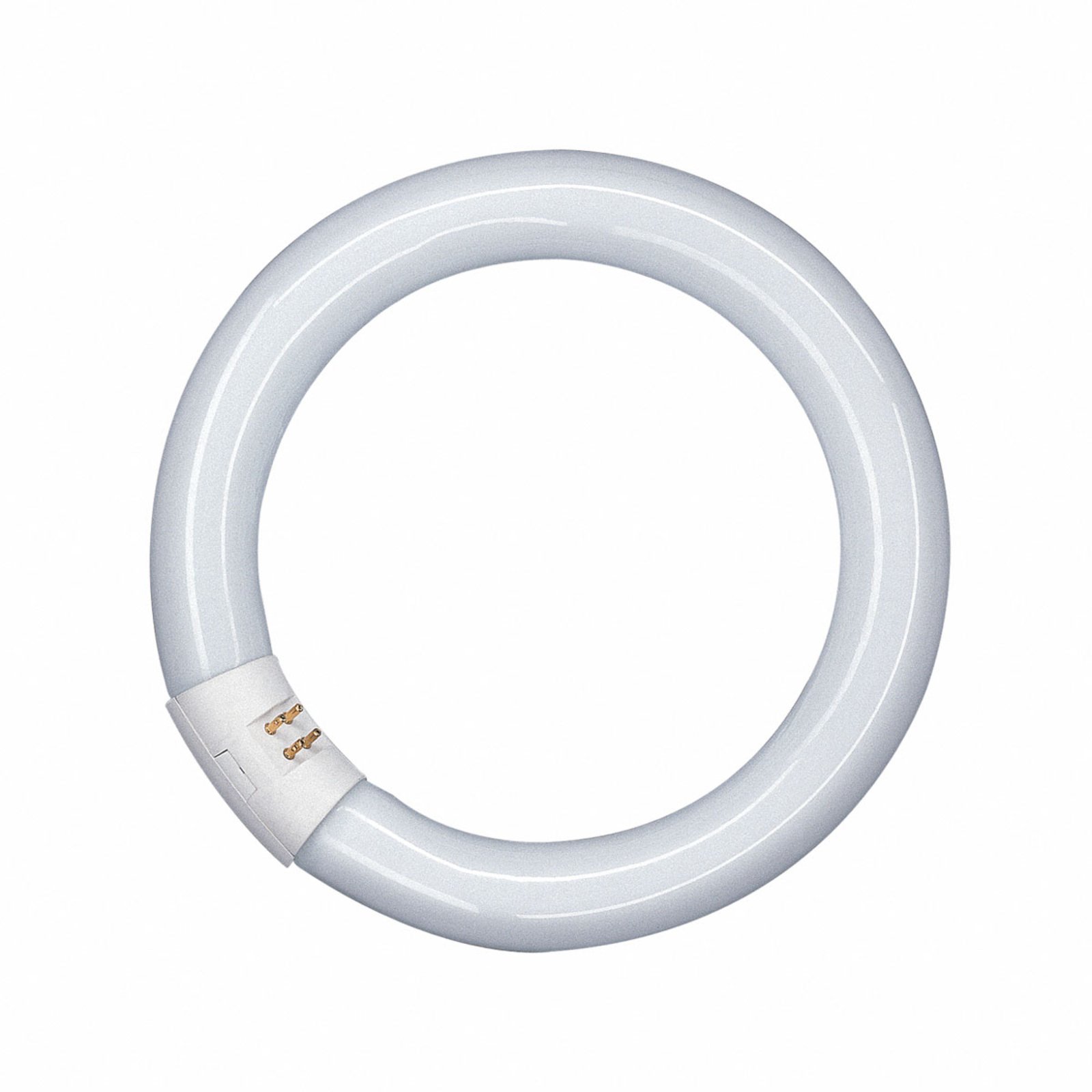
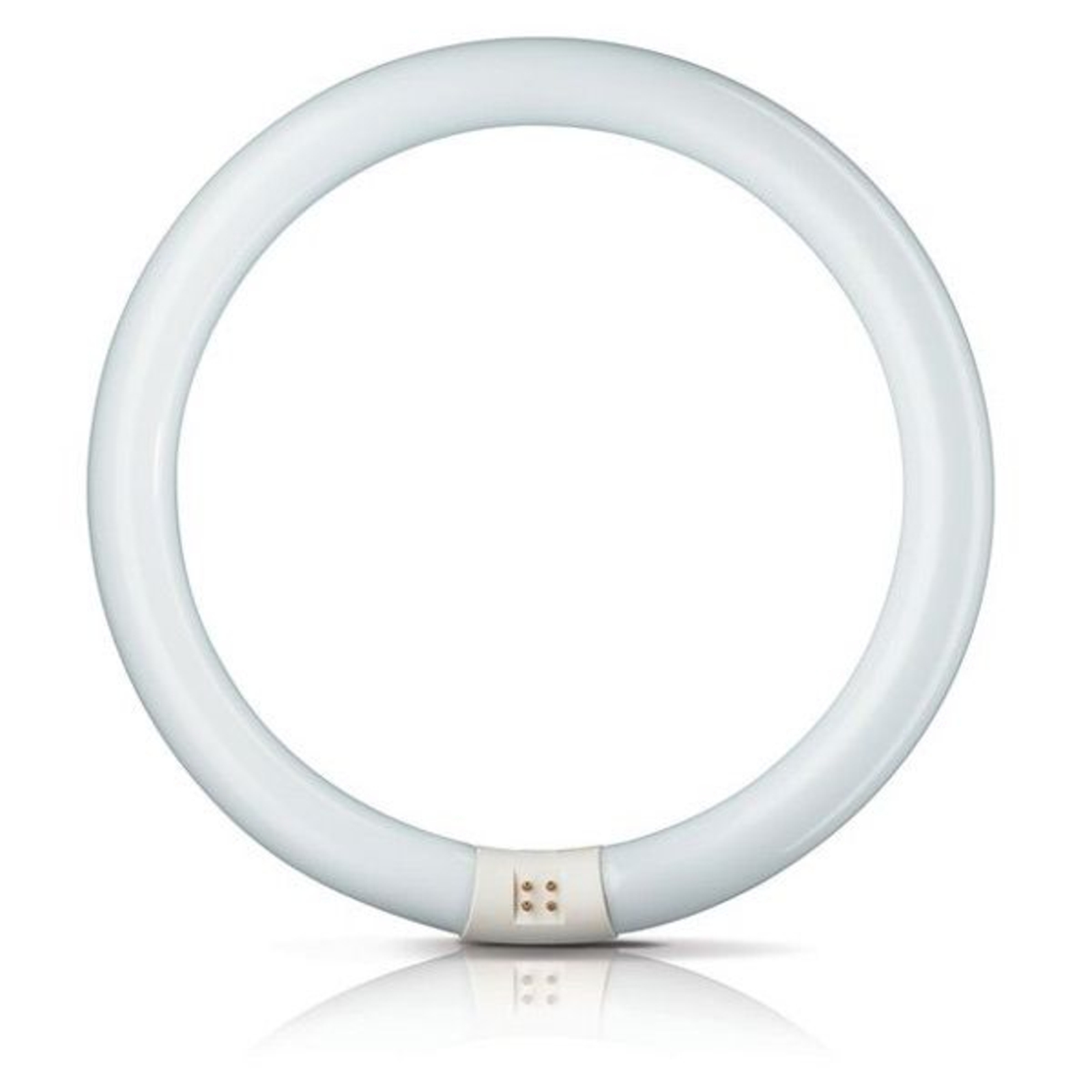

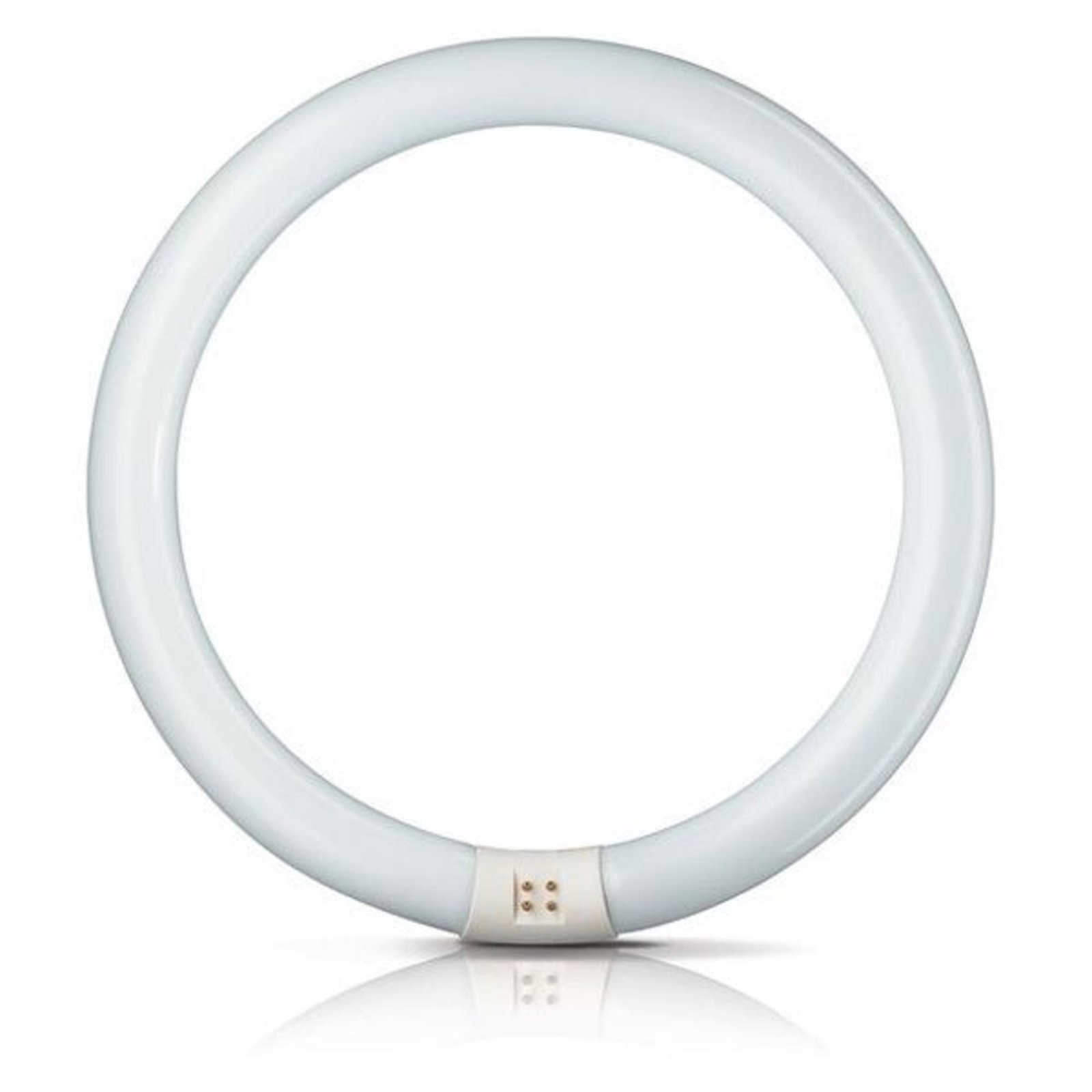

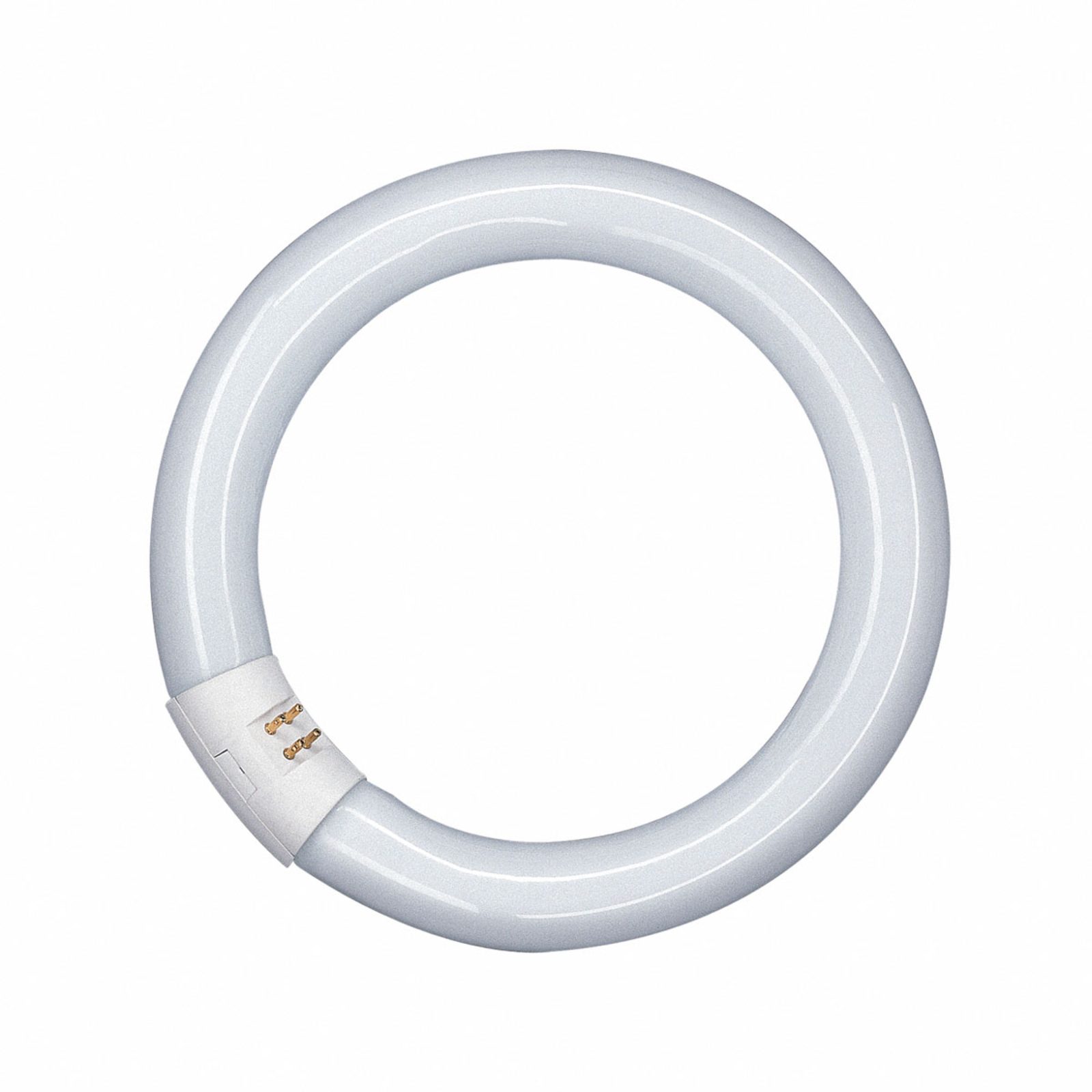
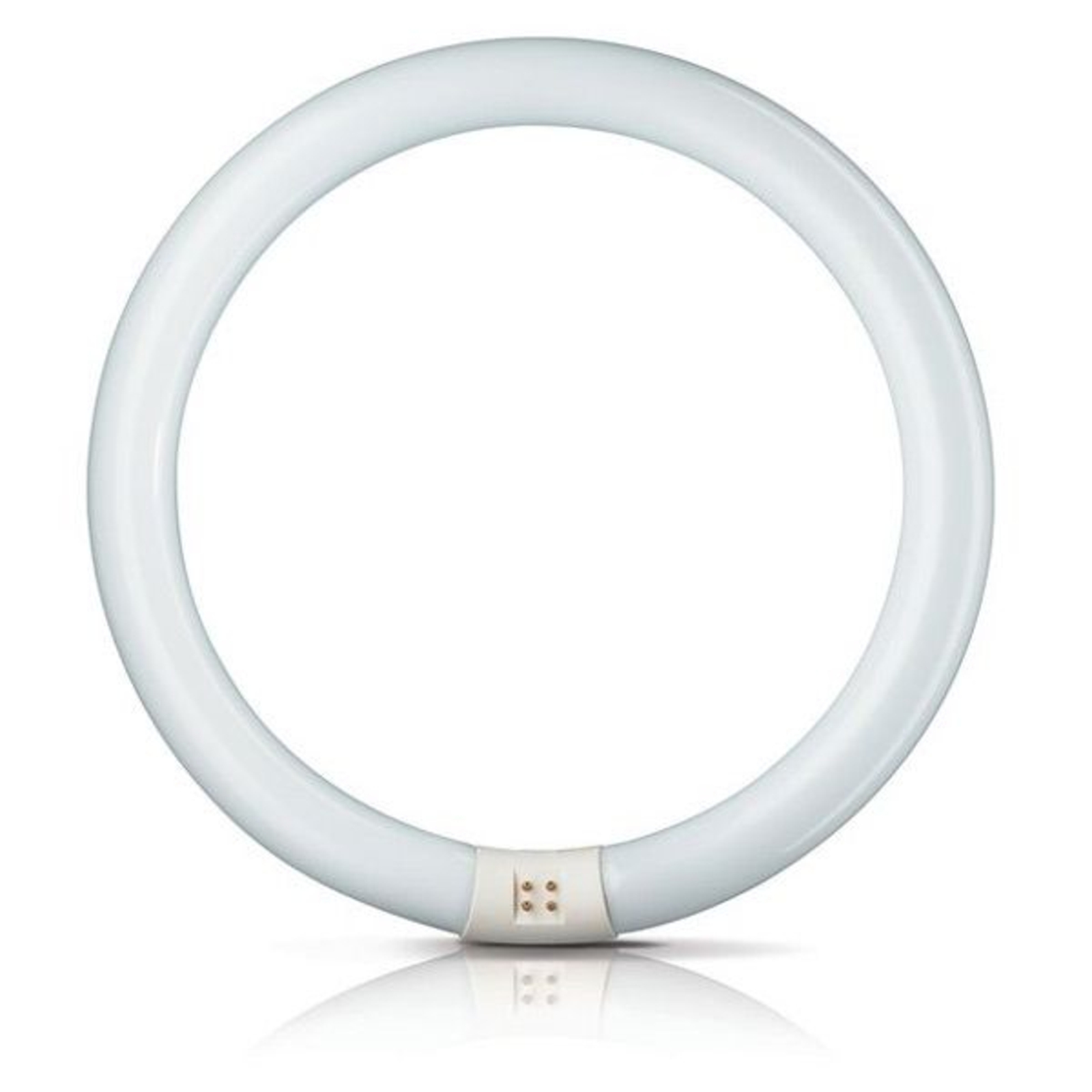
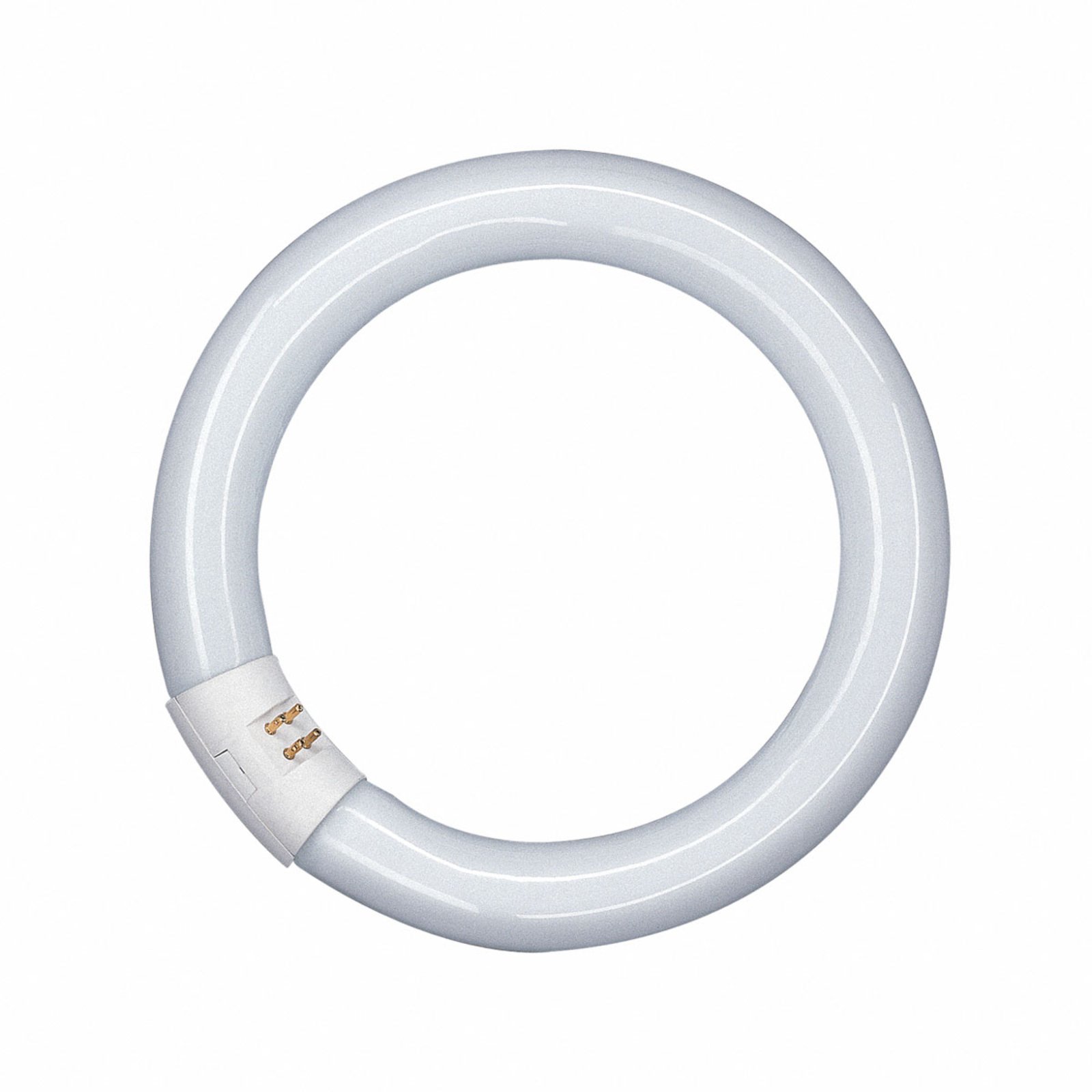
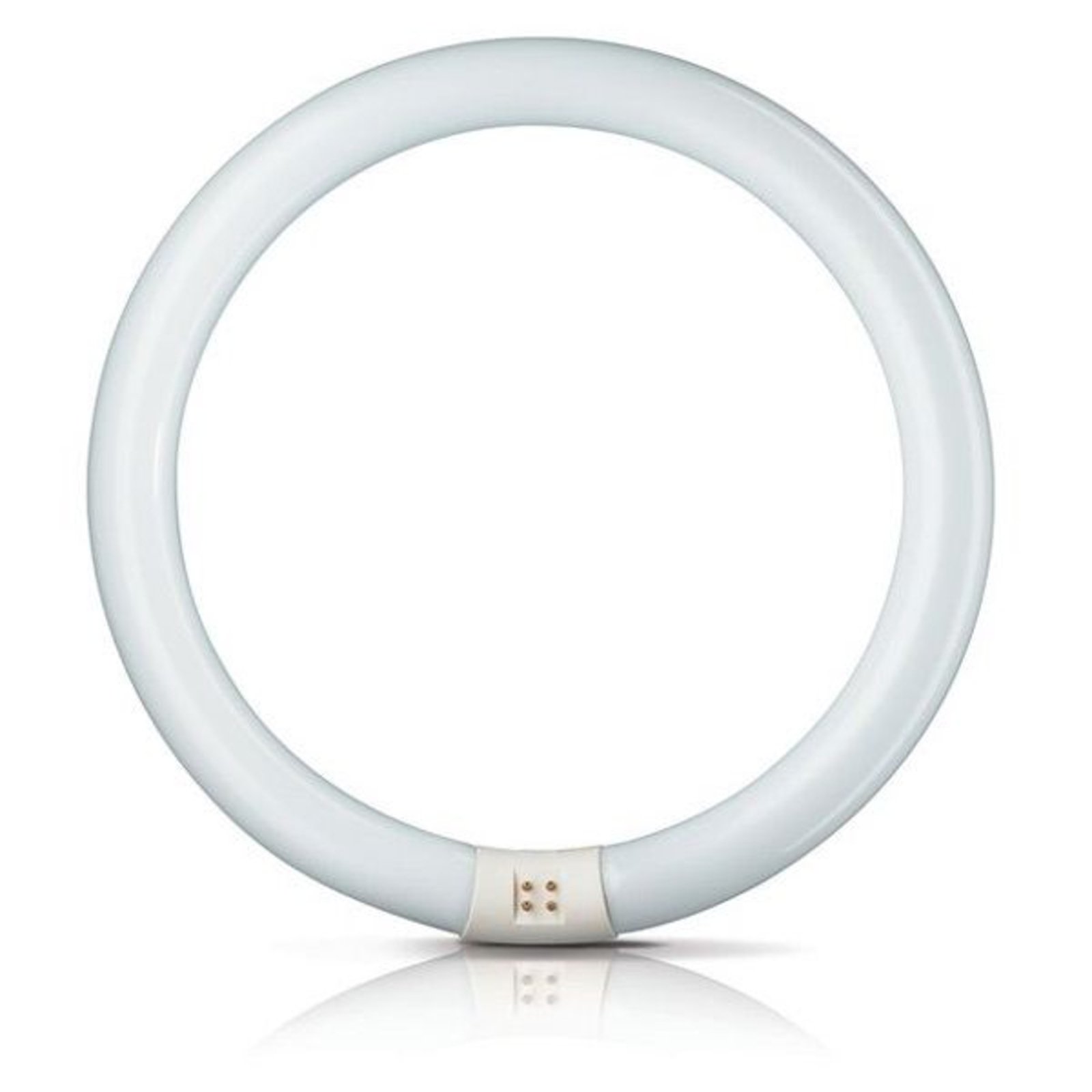
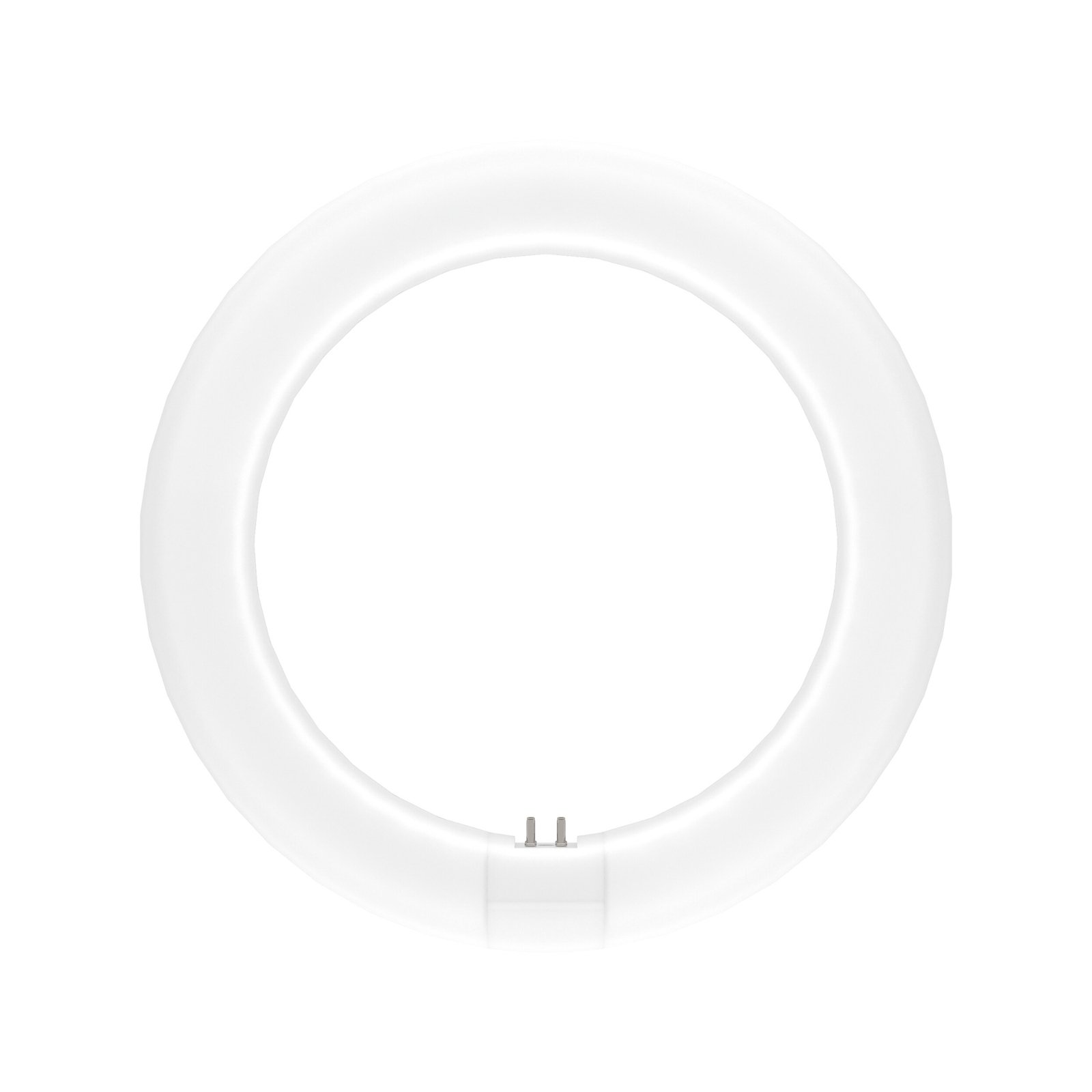
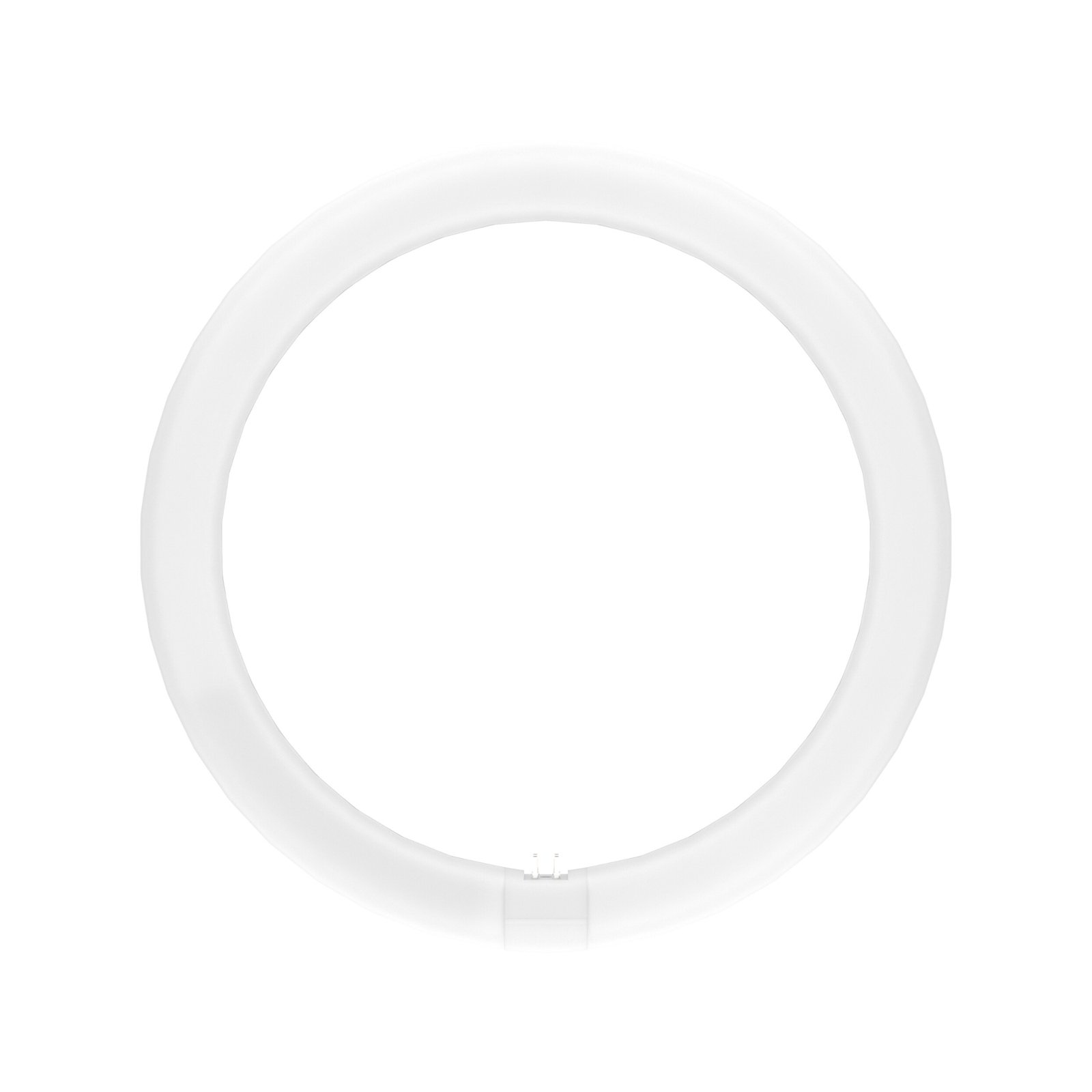
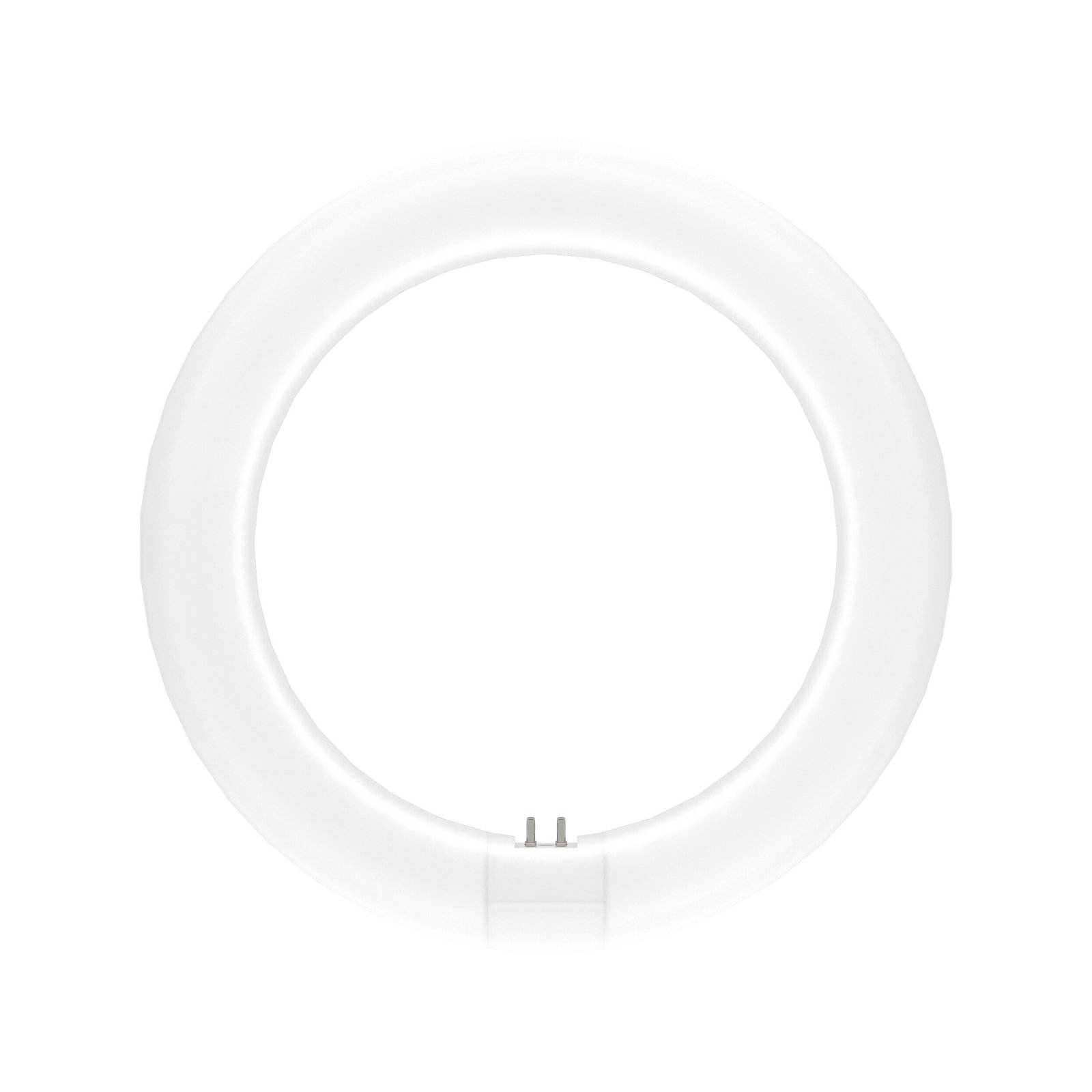
:format(jpeg))
